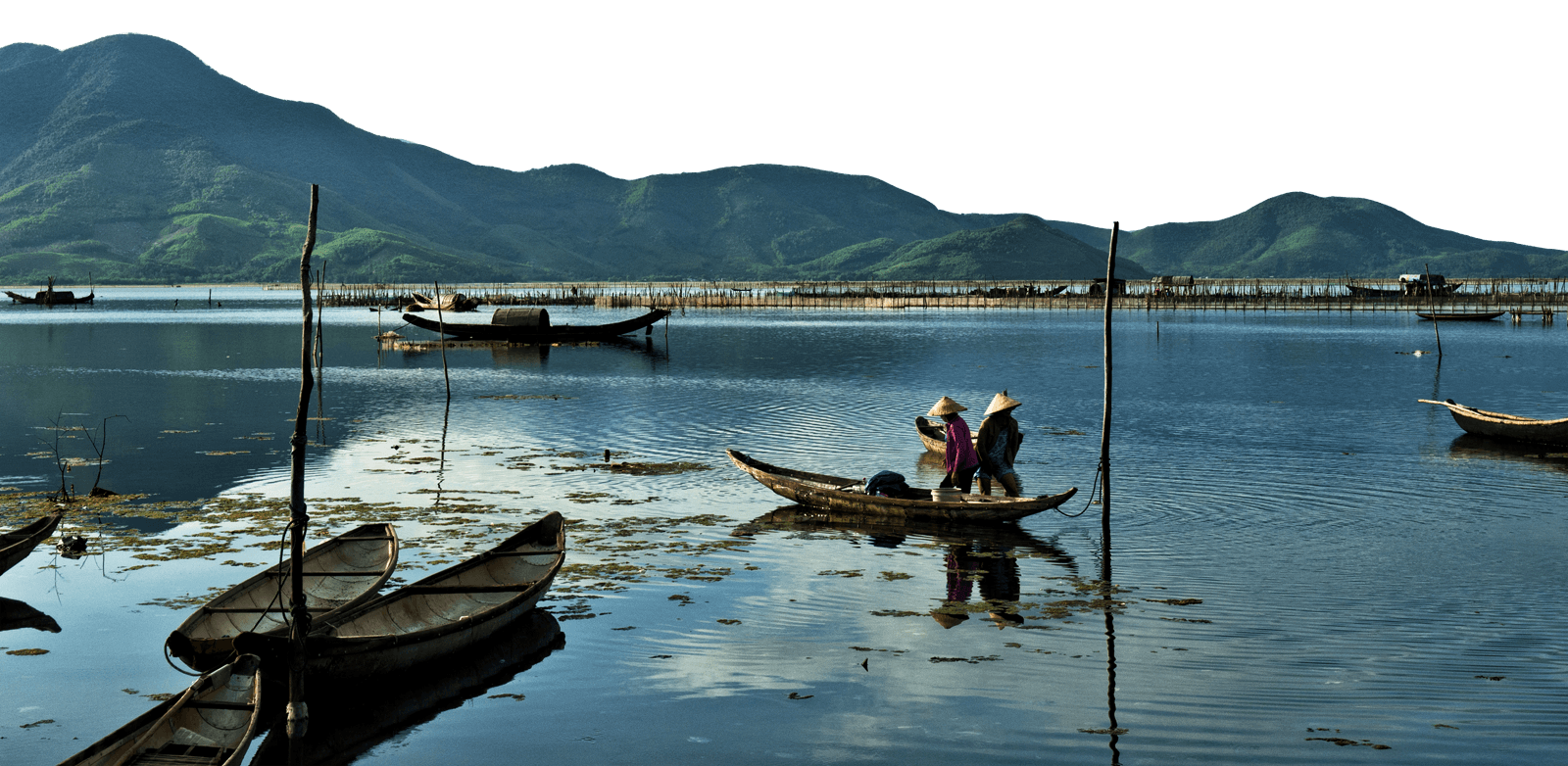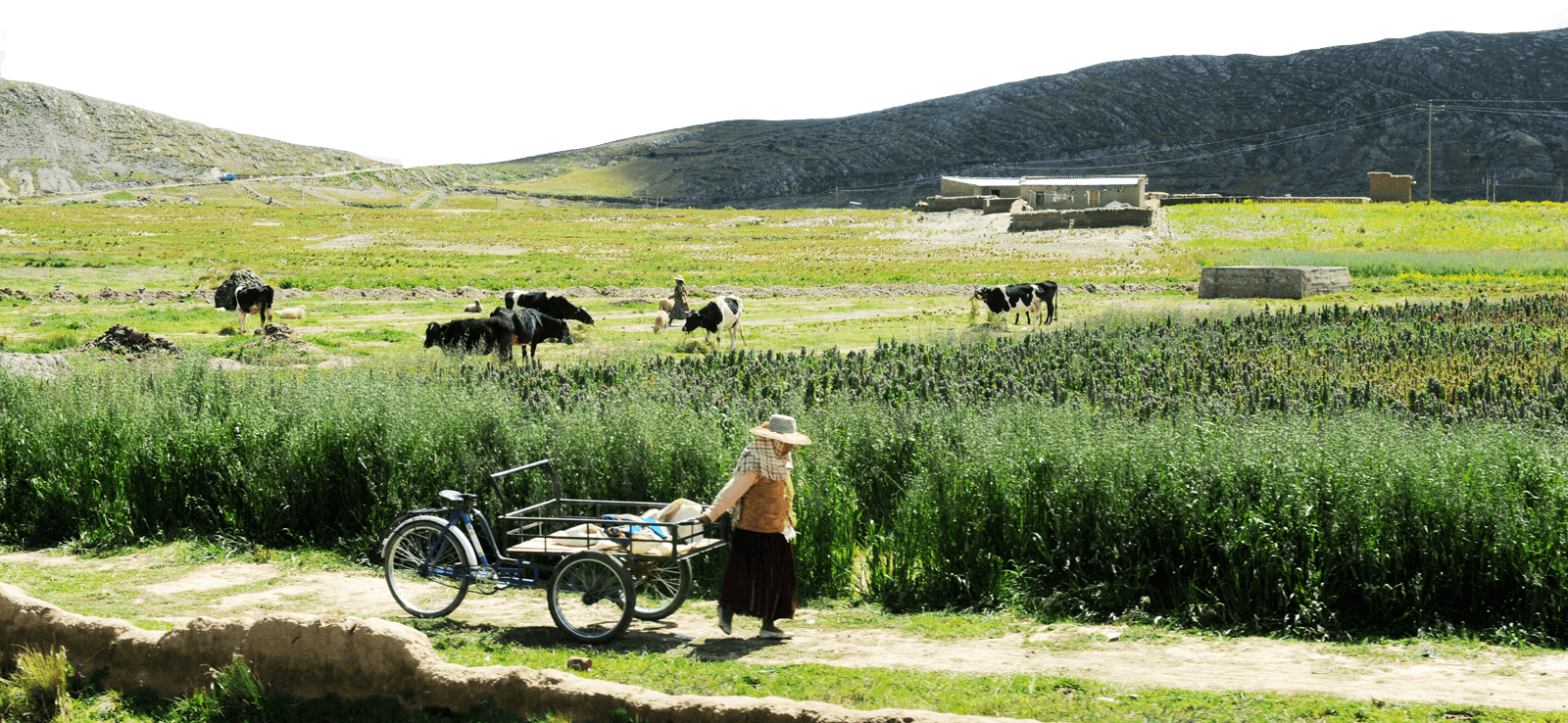Brackish Waters and Salted Lands: The social cost of shrimp in Bangladesh
What is the real cost of the shrimp we consume? What kinds of social and environmental relations are concealed in those bags brimming with frozen prawns available in supermarkets throughout the Global North?
Such questions are timely and pressing. Today, aquaculture is the world’s “fastest growing food production system,” accounting for about half of all seafood consumed worldwide. Shrimp remains a major growth sector of the so-called “blue revolution”: the massive expansion of aquaculture development, particularly in coastal countries of the Global South. Unlike the “green revolution”—which promised increased agricultural productivity using new seed varieties and chemical inputs—the blue revolution is focused on developing export markets for farm-raised fish from places like Vietnam, Bangladesh, and Honduras to supermarkets in Europe, Japan, and the United States.
This expansion of shrimp aquaculture—fueling and fueled by booming markets for cheap seafood in the North—has long been recognized as an ecological disaster for producer countries. The massive adoption of shrimp aquaculture has laid waste to ecologically sensitive zones—contributing to the destruction of coastal mangrove forests; the loss of local biodiversity; and rampant pollution through the discharge of shrimp pond effluents into local ecosystems. Moreover, concerns about the risks associated with the massive use of antibiotics and chemicals in shrimp farming have raised concerns about the health impacts of consuming imported shrimp. Indeed, such concerns have led to a veritable explosion in certification regimes seeking to regulate production and mitigate the health and environmental impacts of shrimp aquaculture.
Unlike the “green revolution”—which promised increased agricultural productivity using new seed varieties and chemical inputs—the blue revolution is focused on developing export markets for farm-raised fish.
Yet, until recently, Western media have given less attention to the social costs of shrimp production. In June 2014, an exposé in The Guardian drew attention to human trafficking and the use of slave labor in the Thai shrimp industry and exposed the complicity of major retailers in the US and Europe—including Walmart, Costco, and Tesco—with human rights abuses in the shrimp sector.5 The public outcry associated with The Guardian’s report prompted widespread calls in the US and Europe to boycott imported shrimp until rights for shrimp workers could be convincingly addressed. Such steps are crucial. However, reports of slave labor in shrimp production should not to divert our attention away from other equally pressing social issues associated with the global shrimp market.
Dispossession is deeply embedded in the practices of shrimp aquaculture. Indeed, the centrality of land grabbing, displacement, and destruction of livelihoods to shrimp aquaculture raises doubts about whether labor laws alone can redress the iniquities of aquaculture. As retailers scramble to save face by enacting new codes of conduct and disavowing responsibility for labor practices in the more distant reaches of their supply chain, a deeper examination of the impacts of shrimp is necessary.
The centrality of land grabbing, displacement, and destruction of livelihoods to shrimp aquaculture raises doubts about whether labor laws alone can redress the iniquities of aquaculture.
To that end, this backgrounder explores the social costs of shrimp in a community in Khulna, a state in Bangladesh’s southwestern coastal region. This region, composed of a network of embanked islands and waterways, is the epicenter of Bangladesh’s shrimp production zone. Shrimp is Bangladesh’s second largest export industry after garments. Since the Bangladesh government began developing the aquaculture export market in the 1980s—under direction from IMF- and World Bank-imposed structural adjustment policies— this region has been inundated with shrimp. In what follows, we provide an intimate picture of the impacts of this expansion by exploring Polder 23—an embanked island in which life and livelihoods have been completely—and likely irrevocably—transformed by the arrival of export-oriented shrimp aquaculture. This portrait draws on community-based research conducted with and by residents of Polder 23. It thus offers a first-hand look at the social costs of shrimp.
Click here to download the full backgrounder.
Stay in the loop with Food First!
Get our independent analysis, research, and other publications you care about to your inbox for free!
Sign up today!


 Help Food First to continue growing an informed, transformative, and flourishing food movement.
Help Food First to continue growing an informed, transformative, and flourishing food movement.




